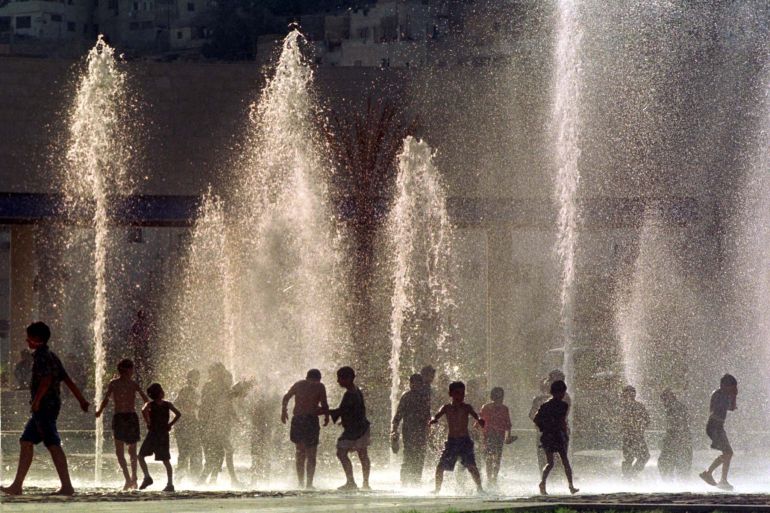How hot is too hot? Extreme heat in the Middle East

This is the final episode of a three-part series on climate change examining the impact of water, fire, and heat.
Keep reading
list of 4 itemsClimate change ‘sea snot’ killing Turkey’s Marmara Sea
Amazon’s Carbon Crisis: How fire could accelerate climate change
Life Below Sea Level: Bangladesh and our climate future
For most people, climate change boils down to the simple fact that it’s just a lot hotter than it used to be. And for people in the Middle East and North Africa (MENA), those temperatures have been rising too fast.
Today, the Levant allows us to look at what the future might look like with global warming. In the Jordan Valley, farmers struggle with water scarcity, while outdoor air conditioning is the new normal in other parts of MENA.
In this episode:
- Karim Elgendy (@NomadandSettler), Associate Fellow at Chatham House (@ChathamHouse) and Founder of Carboun Cities (@CarbounCities)
- Anwar AlAdwan, a farmer in the Jordan Valley
Listen to episodes from the series:
Life Below Sea Level: Bangladesh and our climate future
Amazon’s Carbon Crisis: How fire could accelerate climate change
Connect with The Take:
Twitter (@AJTheTake), Instagram (@ajthetake) and Facebook (@TheTakePod)